Jib Sheet Turning Block Bases
Part 1: Construction
--Blog post written by Bob
I recently noticed that both my jib sheet turning block bases were splitting and allowing water to penetrate the wood interior. Another unplanned boat project and just before the start of sailing season!
 |
| I made these jib sheet turning block bases about 20 years ago by shaping a huge piece of wood and then covering it with fiberglass. I painted the fiberglass to match the deck color. |
I considered several alternatives to fix this problem:
(1) removing the turning blocks and making a repair
(2) making new turning block bases of a different design from stainless steel
(3) making new turning block bases of the same design completely from fiberglass
After several failed attempts to come up with an equally elegant design in stainless steel and realizing the the wood would take a very long time to dry out so that I could make an acceptable repair, I was left with the most viable remaining alternative--making new ones from fiberglass.
I began this project by removing the old turning block bases and making detailed drawings of their shape. I came up with an idea where I could make the external shell of the turning block base from carefully cut pieces of 1/4-inch thick fiberglass sheet and then fill the inside with fiberglass.
I ordered a 24-inch x 24-inch piece of 1/4-inch thick fiberglass sheet from Grainger--it arrived in just a few days.
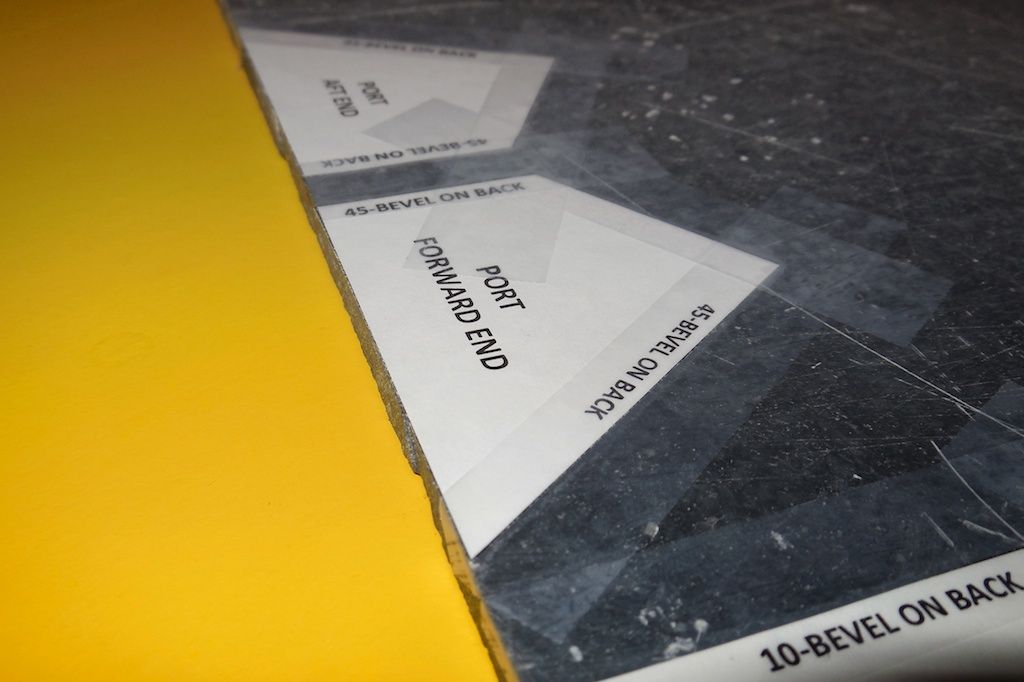 |
| Different bevels were needed on the sides of each piece to properly mate with adjoining pieces at assembly. The amount of bevel needed was marked on the side of each piece. |
 |
| I constructed a temporary drilling jig that holds the turning block base perpendicular to the drill bit. |
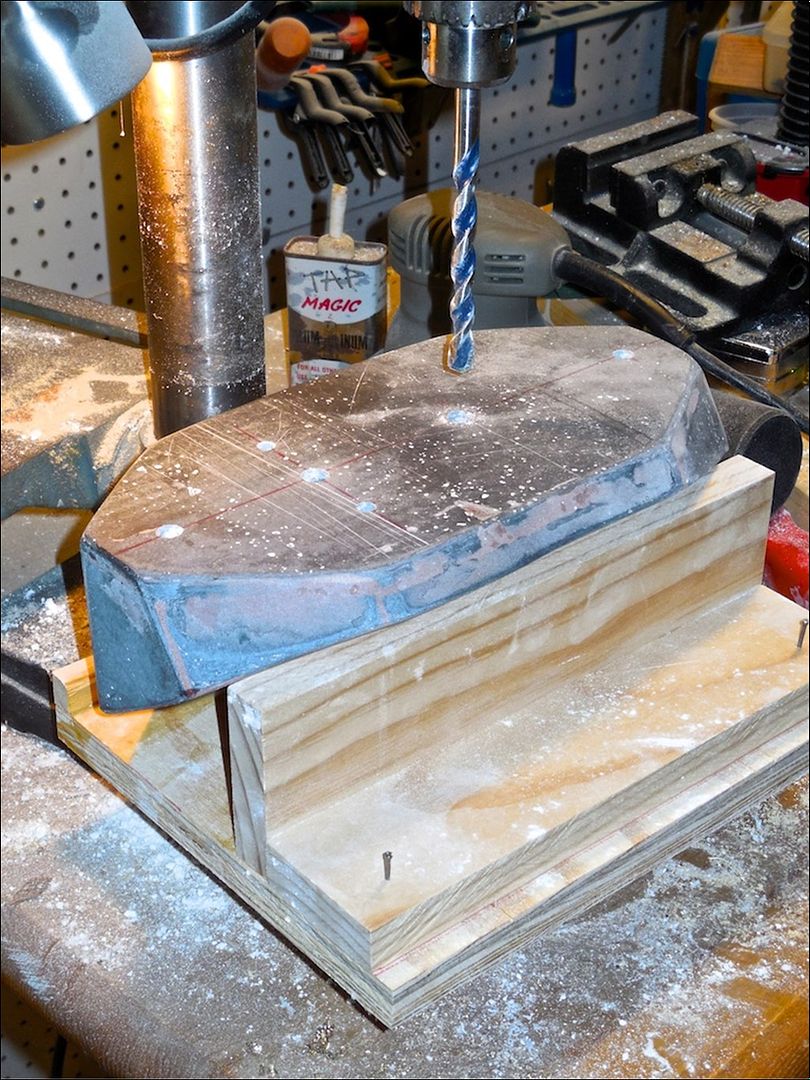 |
| All 5 mounting holes were drilled in each turning block base using 6-inch long masonry bits. |
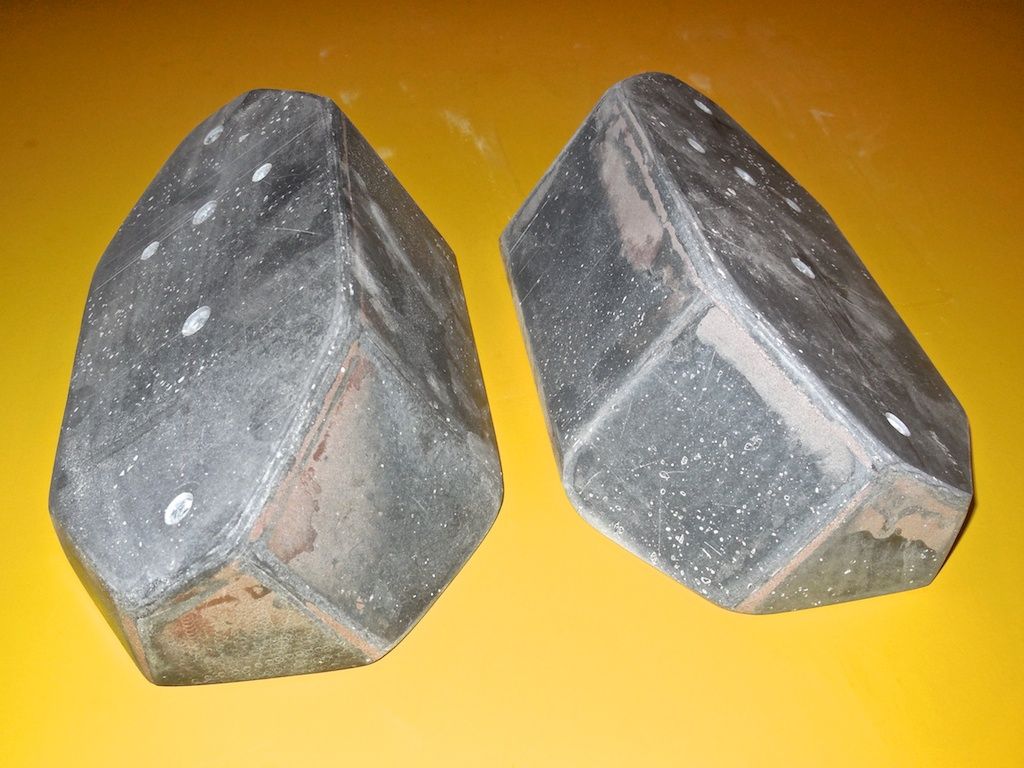 |
| The construction of two new turning blocks is complete but a lot of filling, sanding, and painting remains to be done. |
This concludes the construction of the new fiberglass turning block bases (Part 1). Finishing the exterior and installation on the boat will be covered in Part 2 (a future blog post). To this point the cost of this project is $550 (all materials for two bases).
Thanks for following our blog!
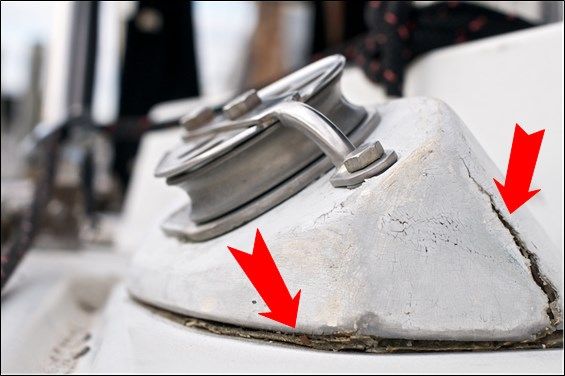
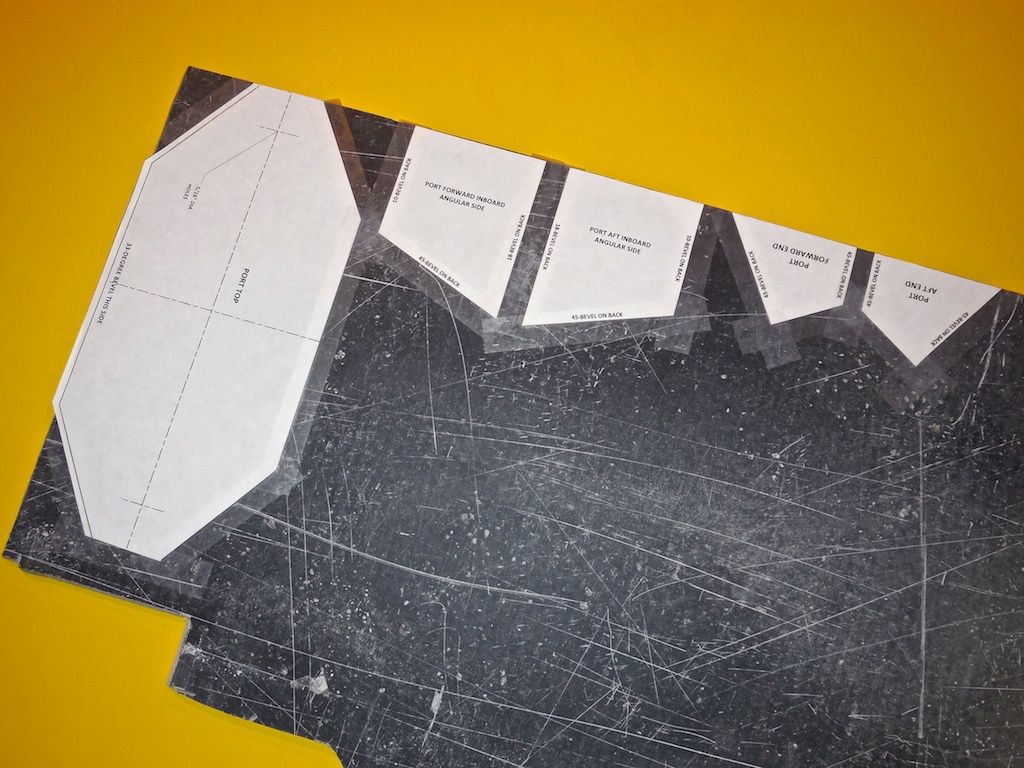



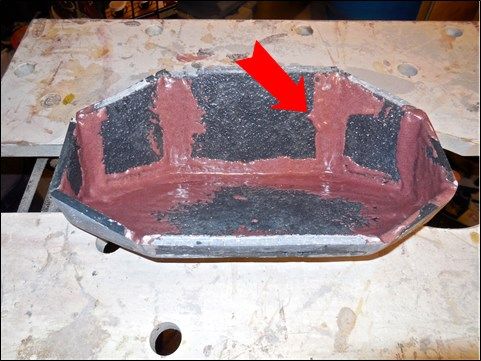


No comments:
Post a Comment